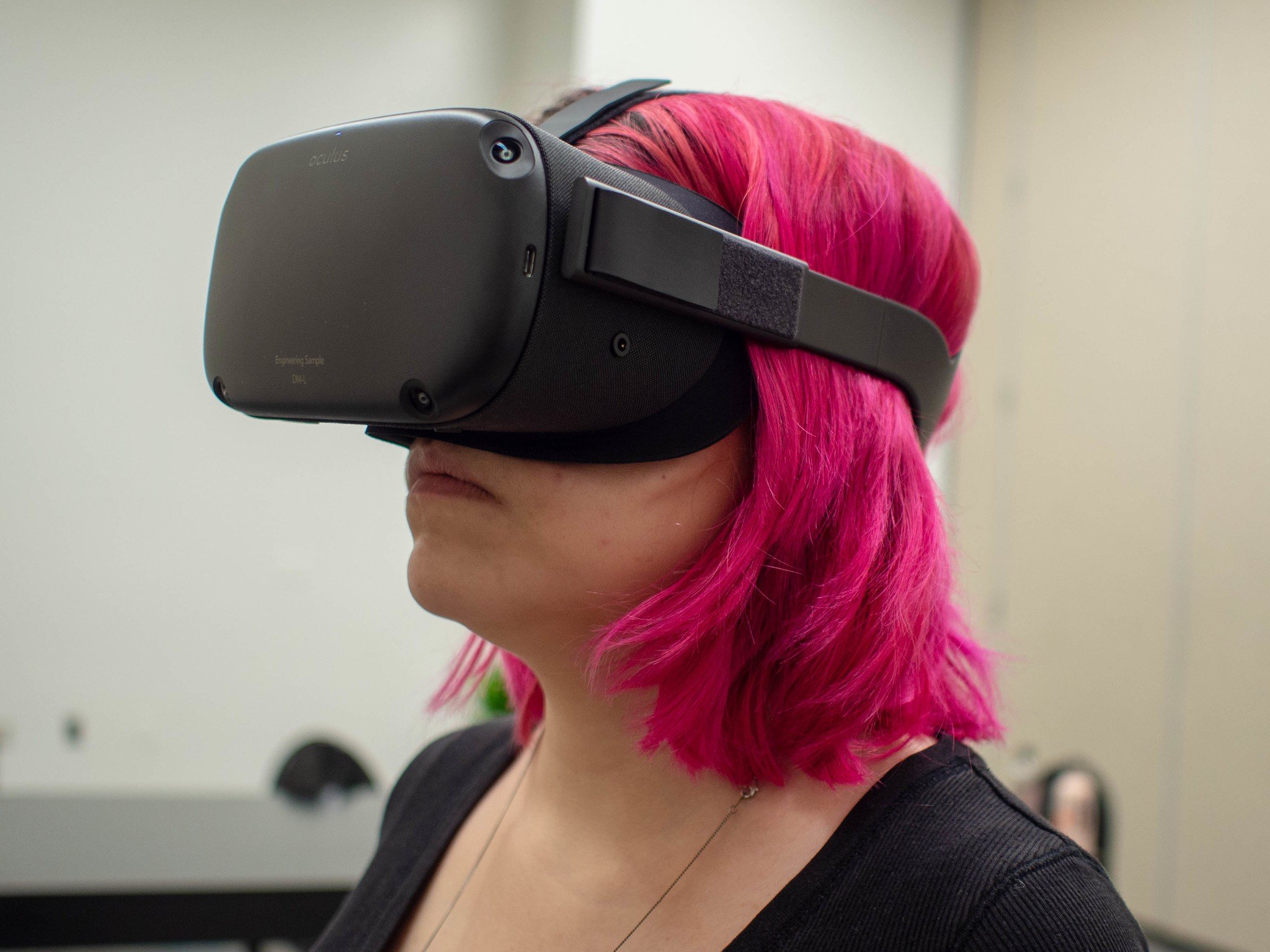Ghostwire: Tokyo for PS5 preview — Western audiences should check this one out
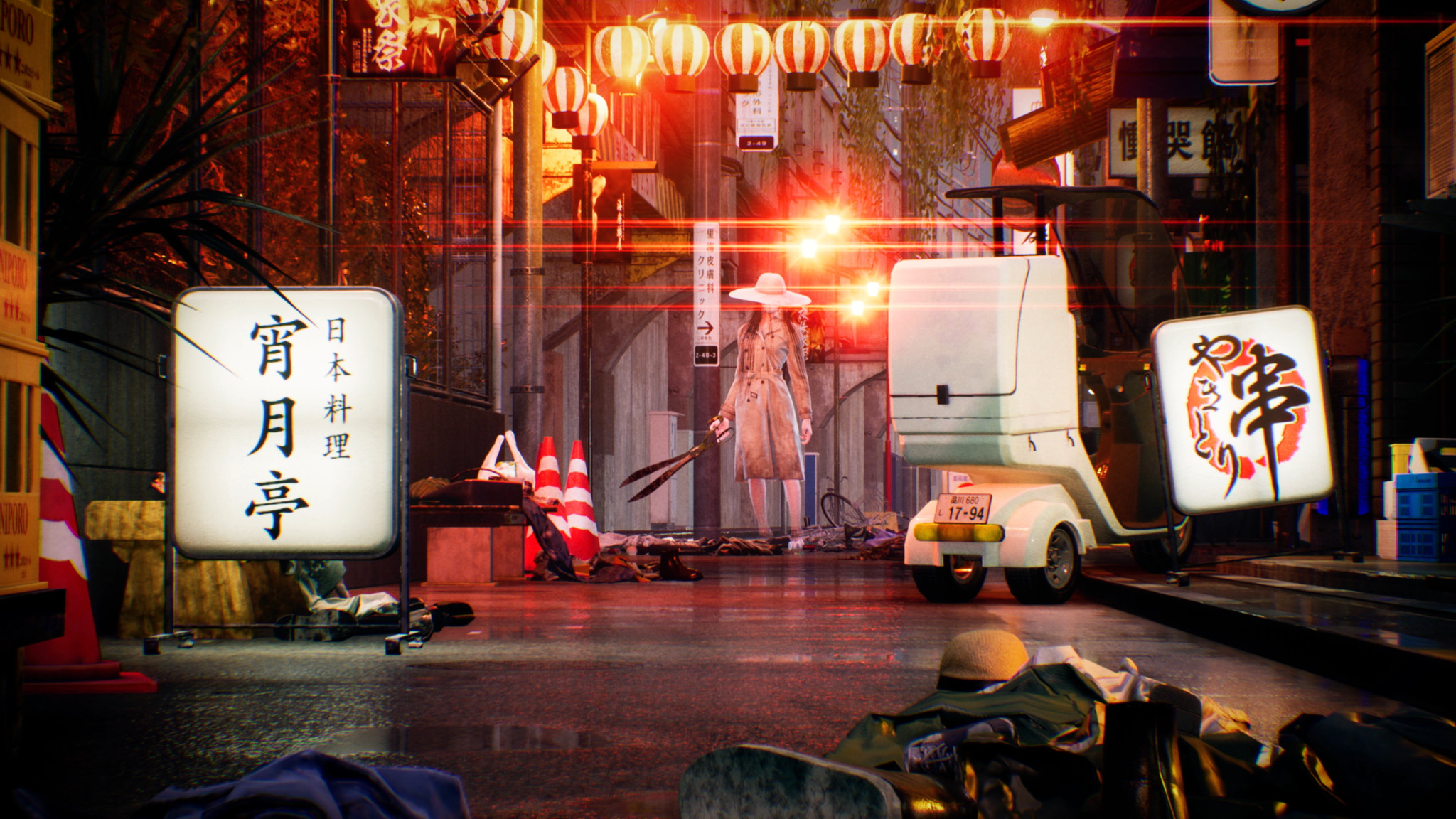
What kind of game is Ghostwire: Tokyo? The latest title from Tango Gameworks, the studio known for The Evil Within Games and founded by Shinji Mikami of Resident Evil fame, looks initially like a horror game, what with all of its disturbing, mythological creatures attacking you and moody atmosphere. You'd be forgiven if you thought this was a straight-up horror game.
While horror is certainly a huge part of the game's DNA, it doesn't tell a full story. Ghostwire: Tokyo is also an action-adventure title with shades of an open world and immersive sim elements. It has a lot of moving parts, and with it getting delayed multiple times since it was announced in 2019, it's understandable we as players didn't get to see a lot of it until this week.
Android Central was able to take part in a 30-minute hands-off gameplay demo of Ghostwire: Tokyo, where we were able to check out a beta build. Game Director Kenji Kimura said it's in the final stages and just needs a bit of polish. While I wish we could've gotten time to actually play the game, especially with such a focus on the combat, we at least got to see a lot. It's unclear how varied the final product will be, but considering how many elements we got to see during this relatively short preview, it paints a decently full picture.
Ghostwire: Tokyo – Action and adventure in the other world
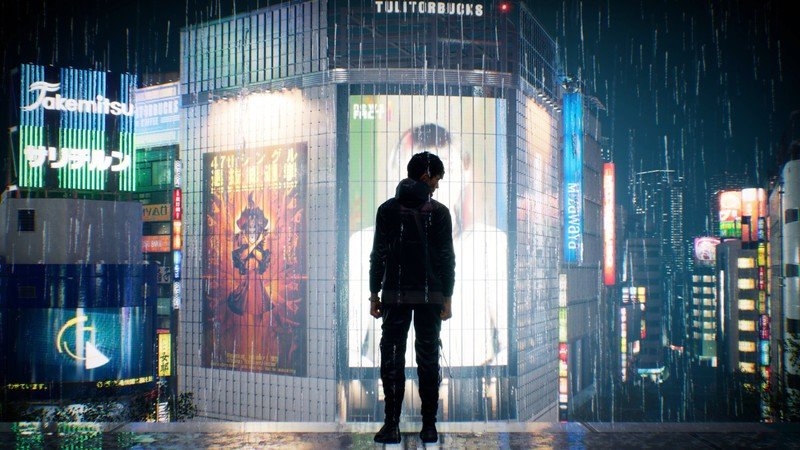
Ghostwire: Tokyo is the story of not one playable hero but two. The main body you'll be inhabiting is Akito, a young Japanese man who finds himself also inhabited by the spirit of a ghost hunter named KK. Akito is now imbued with supernatural powers and seems to be one of the only people left alive inside Tokyo after an event causes the city to be overrun with spirits and yokai (Japanese demons). While you're trying to solve the mystery of what's going on, what happened to KK and their loved ones, and how to stop a masked mastermind named Hannya, you'll run across various spirits that you have to battle. To win, you grab their cores, which cause them to collapse and disintegrate.
Since we didn't get hands-on with the game, we can't speak to how it might feel to play, but it looks like standard, first-person, action-adventure gameplay from the demo. You either use your magic or weapons like a bow to defeat enemies.
There are multiple types of encounters. The low-level ones seem to be with "Visitors," who look like ghostly salarymen under umbrellas or headless schoolchildren. They block roads, get in the way of corruptions you have to get rid of, and deny access to places like shrines. To defeat them, you can weaken them and grab their cores or sneak up behind them and take them out with a single hit. Unfortunately, the Visitors also have a habit of trapping spirits, so defeating them not only helps you get from one point to the other, but also gives you another way to save Tokyo's population.
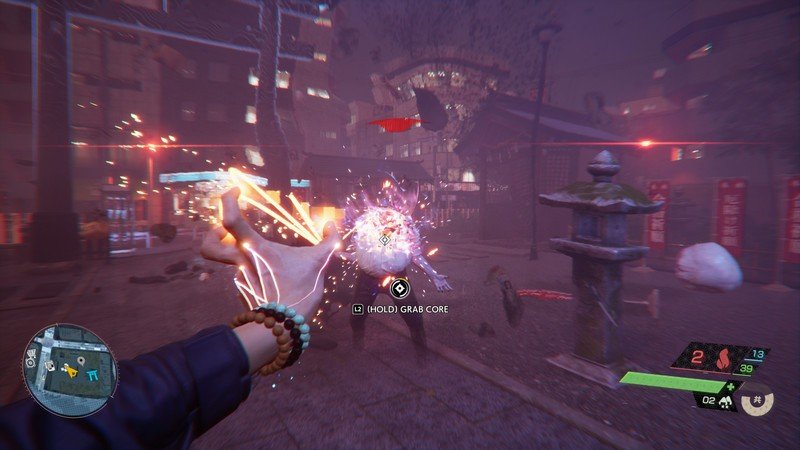
You can absorb the spirits in an item called a Katashiro, which in Japanese myth acts as a ceremonial object or vessel. In Ghostwire: Tokyo, these pieces of paper are a collectible the player can find in shrines and or buy at shops that can be filled up with spirits. You dial a seemingly normal payphone at one point, and the spirits inside are removed. In a throwaway line, you're told the spirits will be returned to the outside world unharmed now that they're free. From the preview, it seems there are 240,050 spirits in total to transfer.
Be an expert in 5 minutes
Get the latest news from Android Central, your trusted companion in the world of Android
While horror is certainly a huge part of the game's DNA, it doesn't tell a full story.
You can also help spirits in other ways. Certain sidequests have you helping spirits with unfinished business or who are bound at various places around the city. In one instance, the game has you help an older woman who wants you to put crackers into a bowl to summon a zashiki-warashi, which is a house spirit or yokai that grants good fortune. However, the ghost of her landlord is holding it hostage, so you need to exorcise him before you gain the yokai's power for yourself as a reward.
Throughout the 30-minute demonstration, we also saw a number of other conflicts the player will have to face. Beyond just enemies out on the street level, there is another world, a space that is out of sync with physics and reality. In one section, you have to escape an apartment building as a mystical barrier slowly crushes the space. You have to find and destroy hanging barrier stones, which you can find in various apartments. It sounds simple enough considering how cramped these Tokyo-based dwellings are, but the barrier messes with your sense of space, making hallways appear longer, adding rooms that shouldn't exist, and messing with your sense of gravity and direction. A section like this provides a break from just walking around on the streets, but it also hammers home how twisted the world has become. There's nothing more unnerving than an impossible space, in my opinion, because of how unnatural they can be. These Ghostwire: Tokyo sections show the game's great potential for building tension and messing with your brain.
You'll also be transported to the other world in confrontations with Hannya. While we only saw one cinematic cutscene in the preview, it shows how powerful this foe can be, even if we're not entirely sure why he's willing to turn an entire city over to the spirits.
Japanese mythology in a sleek package
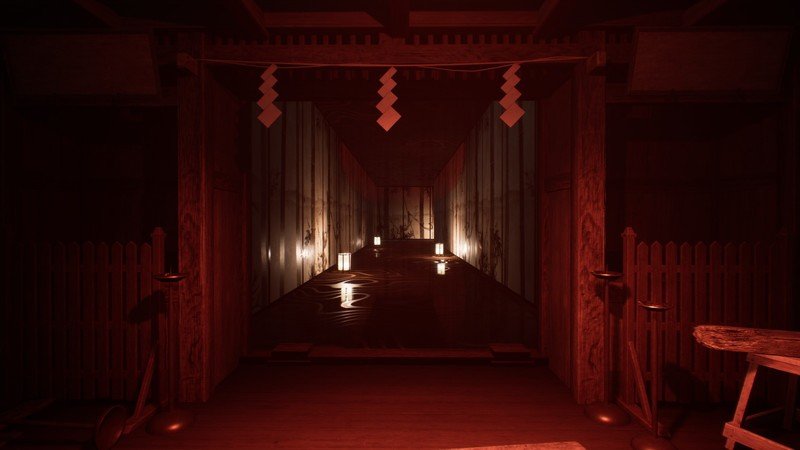
Everything you do seems to be for the sake of progression and getting through the city, unlocking new areas and gaining new powers and skills. The Cores you collect from Visitors feed into a green progression/experience meter in the top right-hand corner of the screen. The spirits you rescue also help you gain experience. Additionally, you can gather coins from around the city to buy health items and Katashiros at shops.
It's standard gaming fare that is thankfully countered by an intriguing mix of colorful and monotone cityscapes.
It's standard gaming fare that is thankfully countered by an intriguing mix of colorful and monotone cityscapes. The buildings themselves are often slate gray, and the Visitors feel like washed-out, off-kilter versions of regular people, but the monsters and spirits you encounter are designed with splashes of color that make them pop. Swirling fog and auras around yokai and spirits
People in the West will be introduced to a huge catalog of yokai and other concepts from Japanese mythology. For the unfamiliar, yokai will play with our general understanding of what "demons" are and the concepts of good and evil — which will introduce a small but needed shakeup to the horror genre in this part of the world. The fact it's coming from a Japanese studio implies there will be a lot of small details that only eagle-eyed or eared players will notice. For example, the preview showcased tracks from the game's soundtrack, which everybody was wowed by. One attendee noted that it sounded like gagaku, which is a type of classic, imperial court music that dates back several hundred years. Later, it was confirmed the soundtrack uses a lot of gagaku-type music overlayed with more modern beats.
While the stakes are high and it has horror elements, the game still manages to find room for levity. Akito walks into a convenience store and meets Nekomata, a floating cat yokai that calls you a "humeown" and proceeds to sell you wares while dropping more cat puns. The relationship between Akito and KK is also multi-faceted. While KK is the expert in the scenario, with Akito acting as the player-insert character, their personalities clash. Akito longs to save his sister, but KK has attachments he doesn't want to bring up (and will certainly be explored in the full release). He comes off as crass and unsocial, while Akito is willing to help elderly lady spirits with their chores.
Final thoughts
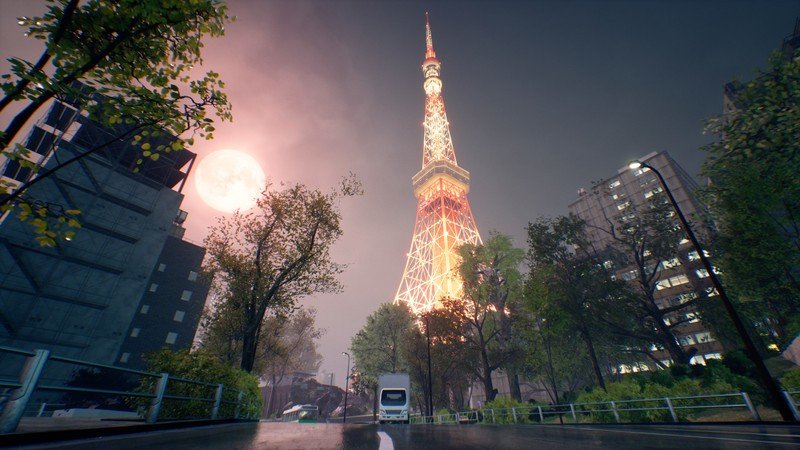
In many ways, Akito and KK are like Ghostwire: Tokyo itself: a mix of elements that seem to clash, but can work together if executed well. With so little time with the game in the preview, and no hands-on time at all, it's still up in the air as to whether it'll all work.
However, what I did get to see has me intrigued. I love some horror, and while Ghostwire: Tokyo isn't a full-fledged horror game, it uses a lot of local elements that Western audiences don't get to see too often in major releases. Japanese mythology, with its yokai and urban legends, are out in full force in the game, and while we only got to see the Visitors, along with a couple other monsters (and a cute cat), in the preview, other footage has shown off how dangerous and terrifying they could be. It is a first-person game, but with the focus on magic and hand movements rather than physical weapons, and its deep knowledge and understanding of Japanese culture, it's looking to shake things up a bit in the action game space.
It's just a matter of how it'll all pay off in the long run. Will Ghostwire: Tokyo be a full, diverse game that can fill out some of the PS5's great games catalog, or will it have an identity crisis?
Ghostwire: Tokyo is set to release on March 25, 2022 for PS5 and PC.
Carli contributed gaming content across Windows Central, Android Central, and iMore. Her last name also will remind you of a dinosaur. F

